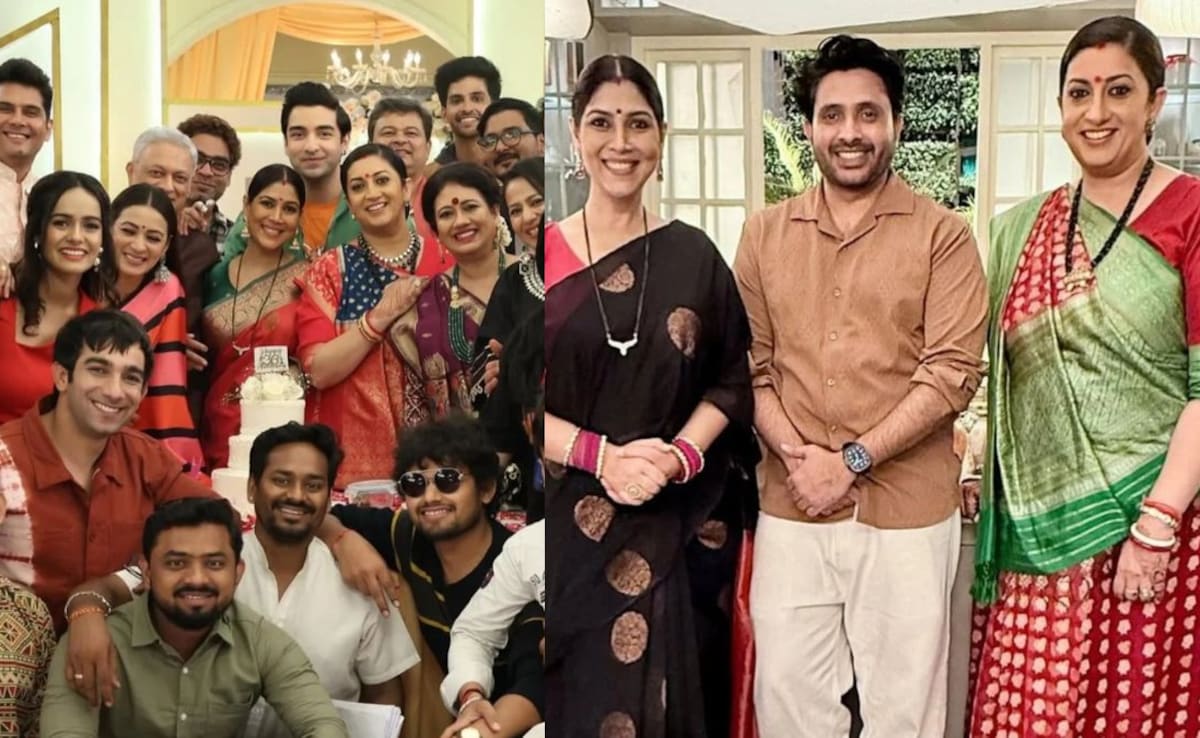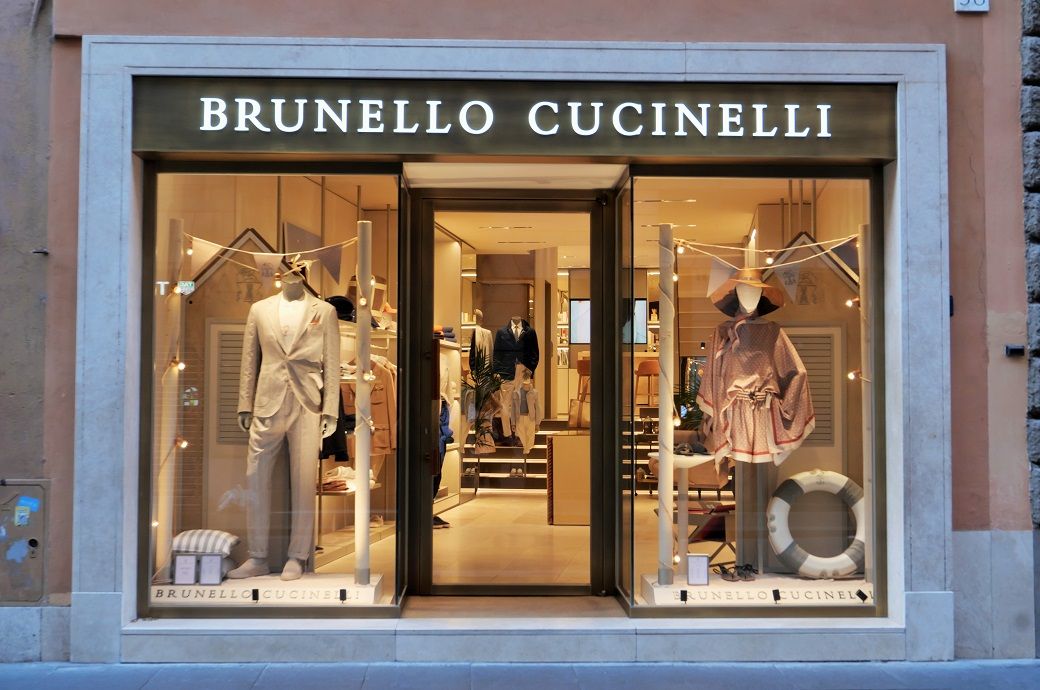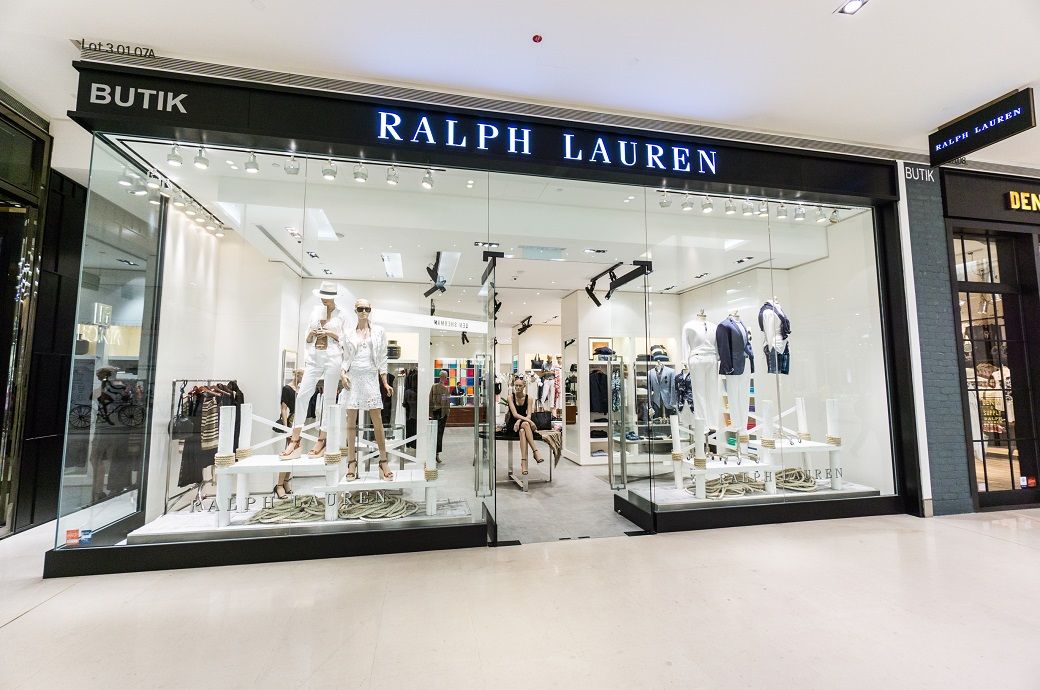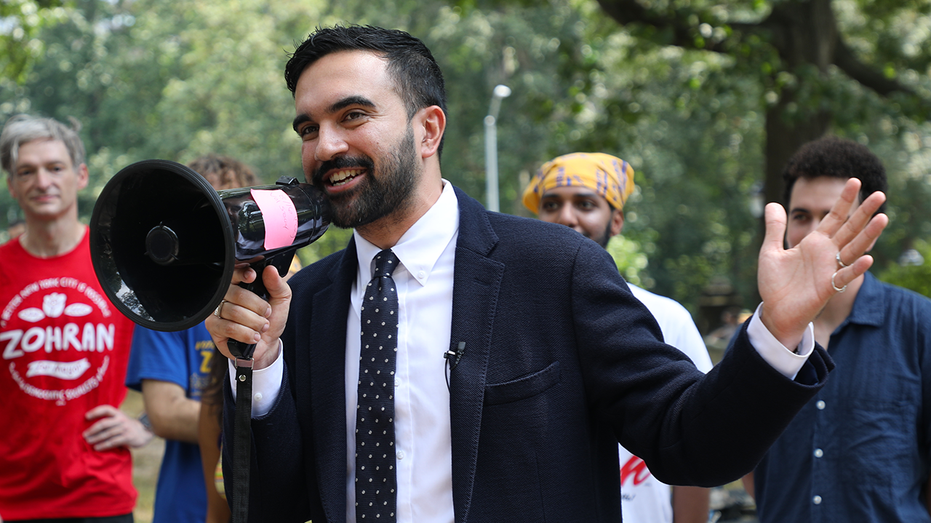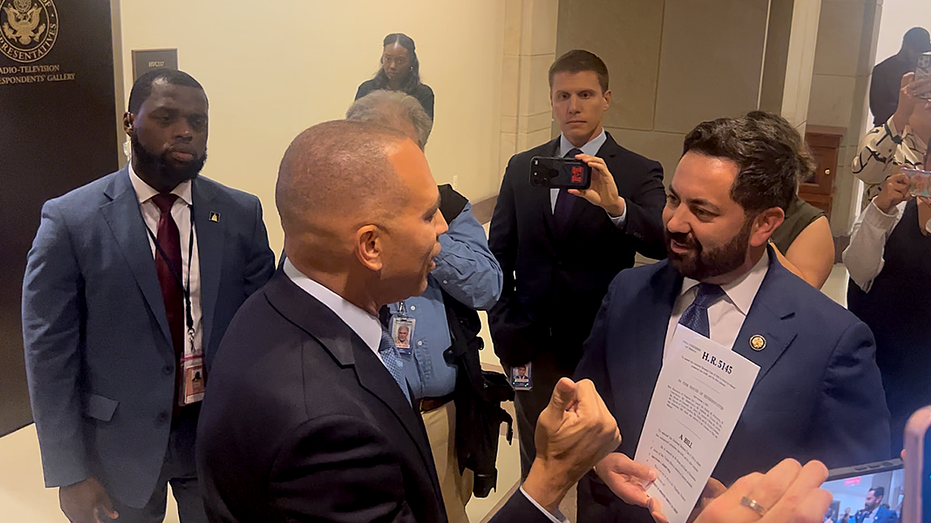Are these local newsletters local news? (And does it matter?)

When I hear the term “local newsletter,” I think of the type of news product I created as a local journalist: a roundup of community-specific news, whether it’s originally reported, aggregated, or a combination.
But when I browsed Aniket Panjwani’s database of local newsletters, I found something very different.
Yes, there were a few newsletters that matched my preconception: The database includes newsletters from digital-first startups like The Charlotte Ledger and Mirror Indy, local news orgs like LAist and the Dallas Observer, alt-weeklies like the Washington City Paper, and the national 6AM City network (which has made avoiding politics and crime core to its brand). It also features more niche hyperlocal coverage, like Stumptown Savings, which covers Portland, Oregon’s food economy and curates the best grocery deals. But there was a wide range of other newsletters, too.
Several appeared to be run by local marketing outfits promoting tourism and local business. Some are run by local nonprofits. There’s an alpine mountain cheese newsletter in Boston run by a cheese caterer; a snail mail society newsletter in Arizona; a burlesque newsletter in Denver; the newsletter a college student started for his hometown in North Dakota; the newsletter from a pest control company in Southwest Florida. Quite a few focus on startups, tech, and networking; others on real estate and development; others on live music; others target families and parents.
What these wildly varied newsletters do have in common, I realized, and Panjwani confirmed, is a focus on aggregating (and, in some cases, organizing) community events. And many are written by people who don’t have backgrounds in journalism.
Panjwani, too, is not a journalist; for the past few years, he’s worked in financial technology. He has a PhD in economics and did his dissertation on “the economic history of the media,” which kindled an interest in local media growth and monetization.
While browsing X last year, Panjwani noticed lots of local newsletters popping up. Last December, he started a newsletter called Content Quant. At first, it was primarily geared toward helping local newsletter operators figure out their businesses; it’s since rebranded to a focus on AI for all kinds of small business clients, but the newsletter database remains. It focuses on free, ad-supported newsletters, many launched by people with backgrounds in marketing or serial entrepreneurs. The database — listing 747 local newsletters in 322 cities — is not comprehensive; starting from a list of U.S. cities, Panjwani assigned Catalina Brand, his virtual assistant, to review them in reverse population order and Google local newsletters in each city. That creates a metropolitan bias and leaves gaps. Still, the newsletters shed light on a slice of the evolving information economy.
Many of the creators of these newsletters are not members of the local news choir. They don’t live and breathe journalism or wake up thinking about how to revitalize local democracy and civic life. They don’t provide anything close to accountability reporting, and they don’t claim to. But they are tapping into a real local information need — a one-stop shop to find out about local events — and, both in curating and organizing community events, taking on the community-building work of local news publishers. What’s more, in some cases, they’re finding real economic opportunity with local advertisers while keeping their newsletters free to read.
I spoke with the creators of three different newsletters established in the last two years. One thing they have in common beyond their focus on local events: Like many newsletters in Panjwani’s database, they operate on beehiiv. (Panjwani estimated that around 65% of the listed newsletters are on beehiiv, 30% are on Substack, and 5% are on Ghost.) The variety in these newsletters, and their creators, is an indicator of the ever-blurrier lines around what counts as news and who counts as a journalist.
Catskill Crew: A participatory, local business-friendly community (with a side of board games)
The first thing that might strike you about Catskill Crew is its distinctive look — grayscale nature art reminiscent of the display on a Kindle. However analog its aesthetic, Catskill Crew’s rapid growth is a digital story. Two years since launch, it has surpassed 40,000 subscribers, including “locals, weekenders, and wanderers.”
Michael Kauffman has lived in the Catskills since 2017 and started Catskill Crew in October 2023. (“Startups are almost like an art form for me,” he said.) To him, a local newsletter focused on events felt like “the lowest-hanging fruit.”
Kauffman sends the newsletter every Tuesday, written in his first-person voice. Alongside events for the upcoming week, the newsletter includes a contributor section, some information about weather, pets for adoption, property for sale, recent wildlife sightings, a question for the week, and a photograph.
The newsletter is free and displays ads in a format that emulates a physical bulletin board. The benefit of this format, Kauffman said, is “weaving the branding of other businesses directly into your aesthetic…so many people glaze over ads, which are the biggest moneymaker for most newsletters.”
For those advertisers, Kauffman sees himself meeting a need created by the black box of ever-changing algorithms. In Catskill Crew’s early days, a friend who runs a local brewery told Kauffman he used to be able to post on Instagram for free and get massive traffic; now, he can’t get a fraction of that traffic even if he pays for it.
Since launch, Catskill Crew has grown into what Kauffman called a “multi–six-figure operation” with multiple revenue streams. “I never want to be limited to just ad revenue — that leads [to] seven sends a week, riddled with ads and subpar content,” he said. “I want to do something different.”
Beyond ads and sponsors, Catskill Crew has organized events of its own (in November, it will co-host two live music events) and raised money for local charities. Other revenue streams include reader donations, merch, and Catskill-themed puzzles and board games (see Catskill-opoly). The key revenue stream “can swing wildly month to month as my focus shifts,” Kauffman said, with new product and event launches and experiments. “This keeps it interesting for me…and ideally subscribers as things keep evolving.” Kauffman is also interested in using Catskill Crew as a foundation for a holding company that invests in local entrepreneurs. (“Catskill Crew is a local company, and then there’s a media arm attached to it,” he told A Media Operator. “And that media arm is my validation engine and distribution vehicle for everything else.”)
Kauffman has harnessed his success into another project, the Newsletter Club, a Discord for entrepreneurs to exchange ideas about building successful newsletters. (The pitch: “Local newspapers are dying and the algorithms have failed. There’s never been a better time to launch a local media empire.”) Access starts at $499 a year and the club now has more than 175 members. (I asked Kauffman if he could share more Catskill Crew revenue specifics, like total revenue for 2024, its revenue pipeline for the next 60 days, or average revenue per month. He declined, saying, “I used to share revenue numbers and didn’t like how it attracted more of the quick-buck creators to the Newsletter Club so I stopped.”)
Kauffman doesn’t see himself as a journalist, but he also doesn’t rule out hiring local reporters at some point. “I look at what I’m building as a platform,” he said, “and that is a platform for media, and for other voices, to support community, for charitable causes, for general awareness, for products — for all the types of things.”
Kauffman sees himself as creating a participatory community. Readers can submit events to be featured; Kauffman also frequently polls readers on new ideas he’s considering, like a print quarterly (coming soon, wax-sealed and mailed, likely priced at $99 a year) and a farmers market calendar.
“I don’t believe in the traditional subscriber relationship,” he said. “I think everyone should be participants…I want it to be a warm hug in your inbox.”
ChesCo Buzz: From aggregating events to lead generation for a side hustle
Noah Scott is one of the newsletter creators Kauffman has helped inspire. A year ago, a few examples of newsletter success he discovered on X, including Kauffman and Winnipeg Digest creator Jas Singh, prompted Scott to give a local events-aggregating newsletter a try on the side of his 9-to-5. (Scott’s online Newsletter Club testimonial: “TNC has been the #1 reason I’ve grown to over 11k subscribers in 7 months. It is a community full of growth-minded, positive, and helpful local newsletter writers who want each other to succeed.”)
Scott lives in Chester County, Pennsylvania, which includes 73 municipalities. Most people, he said, tend to stick to the “20-minute radius” of their individual town. For his weekly newsletter, ChesCo Buzz, he decided to define community at the county level, curating a list of 20 to 30 local events from 35 to 50 sources. ChesCo Buzz is sent on Tuesdays, and, like Catskill Crew, includes adoptable pets in addition to events.
The most personal part of Scott’s newsletter is its intro. “I want somebody every once in a while to, like, groan at the cheesy joke I try to make, or smile at the shoutout to my mom and mother-in-law on Mother’s Day,” he said.
In his first year, Scott attracted more than 12,000 subscribers. Eighty percent of his readers are female, between the ages of 55 and 65, and live in Chester County. Many of them, he said, are looking for things to do with their grandkids.
Most monetization so far, he said, has come from one-off ads and featured events sponsorship. Scott is also using the newsletter as lead generation for his outdoor lighting business. He advertises Mammoth Lights in his newsletter about once a month, typically generating one to three leads for his business, he said, with a 50% closing rate. In the newsletter, he doesn’t identify Mammoth Lights as his business, though he said he’ll tell people if they ask. (“I don’t want this newsletter to be about me,” he said.)
This struck me as a kind of reversal; where once a local newspaper might list local community events, with a lighting business buying ads next to those events listings, here is a local business owner who created his own advertising platform while also serving as the curator of other local information. Scott hopes either Mammoth Lights or the newsletter could become a full-time job eventually, but for now both remain side hustles.
Chattynooga: A whimsical, southern take on building community
“Howdy, Friend! Welcome to the porch,” says the subject line on Chattynooga’s introduction newsletter.
The best way to get a sense of Chattynooga is to take a look for yourself — note the clementine color, the folksy language, and the Spotify playlist you are encouraged to listen to while you read:

The newsletter’s listed authors are “Bubby Tallant” and “Clementine McBride.” Its actual authors are Logan Elmore (Bubby) and his girlfriend, Amy Walls (Clem).
Last year, Elmore moved back to Chattanooga after more than a decade away. He’d been interested in creating some kind of creative newsletter community, and was also looking to reacquaint himself with his city; on New Year’s Eve, he bought the Chattynooga domain without a fully baked idea for what it would be. Elmore decided to turn it into a newsletter that could include “local news and events and things that are not usually highlighted by our current news ecosystem,” while helping him get to know the people in his community and serving as a creative outlet. He published the first edition in February, and sends it weekly on Mondays.
Many Chattanooga residents get local information from more than a dozen different Facebook groups, Elmore said, and “if you’re in one group but not another, you might miss something.” He envisions Chattynooga as a community hub for local events and resources — rock climbing, concerts, support networks, resources for Suicide Awareness Month.
The newsletter’s childlike sweetness was partly inspired by Elmo from Sesame Street’s social media voice, Elmore told me. He crafted the voice of Bubby to be a 10-year-old Appalachian boy who “is curious, and he has always looked up to people that are the helpers, like Mr. Rogers says, and also is just raised by true Southern hospitality and values.” Walls, who recently left her teaching career of 10 years, writes as Bubby’s best friend Clem, who the site describes as “the brains of the bunch” – “She’s real clever, keeps me from gettin’ too carried away, and knows how to spell ‘entrepreneur’ without lookin’ it up.” (Elmore is transparent on Chattynooga’s site about using Midjourney for the newsletter’s visuals – the aesthetic reminded me of Poptropica.)
Elmore wanted something warm and easy to understand — something people working from home, feeling lonely, might be happy to see in their inboxes. “If you’re able to explain [news through] the most simple terms of a child, that a child can understand it, then hopefully an adult can understand it too,” he said. “I feel like a lot of news lately has been very convoluted, intentionally, to where it’s hard to understand.” Having a persona other than himself voice the email, he added, felt less scary than displaying his own name on everything.
To welcome readers to Chattynooga, Elmore took inspiration from one of the places he felt happiest growing up: his grandma’s house. “We want it to feel like less of a corporate newsletter, and more of a homey experience that people living in the South can relate to,” he said. A fan of video games, he envisions turning Chattynooga into an “interactive experience,” where the landing page simulates actually pulling up to a home and navigating through different rooms.
Chattynooga has a little over 900 subscribers. Its growth has, until recently, been entirely word-of-mouth, though Elmore has now branched out into paid Meta ads.
In addition to event listings and personal notes in Bubby and Clem’s voices, the newsletter includes a featured “yap session,” where Elmore (still as Bubby) acts something like a reporter, and tackles subjects and people that he doesn’t see highlighted in other local news. He meets with community members and organizations and interviews them, or shares an experience with them, from the soil farm on the street where he used to live to a local burlesque group that led him through a 30 to 40-minute lesson in pole dancing basics.
For now, local sponsorship is “not consistent,” but Elmore has approached it creatively; his first local paid partnership was with a summer camp, which he structured as “Letters from Lookout” written in Bubby and Clem’s voices, including a packing guide. When the owner behind a local bagel shop reached out, Elmore turned that into a yap session.
Elmore is just beginning to branch out into community-building in the physical world with events. Chattynooga co-hosted its first in-person event last month (a dance party with Scenic City Burlesque) as a local fundraiser for the American Foundation for Suicide Prevention’s Out of the Darkness Walk, complementing its monthlong online campaign for the same cause. (This year, suicide rates in Hamilton County increased more than for any other region in Tennessee, Elmore noted.)
Through yap sessions and spotlighting local events, Elmore has learned more about local mutual aid groups. In his view, these groups run counter to the deeply ingrained “pull yourself up by your bootstraps” culture in many southern communities; he sees spotlighting these kinds of groups as a key part of the community-building role Chattynooga can play that differentiates it from other local news.
Elmore was laid off from his day job in August, which has left him with more time to dedicate to the newsletter. His sense of local community, he told me, has “drastically softened the blow, and serves as a reminder that small towns can still be big places to connect.”
Recently, Elmore’s aunt texted him about his newsletter. She has lived in Chattanooga since 1978, and told him she had no idea about many of the things going on in the community. That captures the problem Elmore sees himself trying to solve; “no one knows where to look for this information sometimes, and it feels like it’s an overflow of info, especially on social media,” he said. “If you don’t see something at the exact same timeframe that the algorithm wants to show it to you, then it’s just gonna get lost in 70,000+ other posts that people are doing at the exact same time.”
“I’ve never felt more connected to my city than I do now,” Elmore said.
Updated to include the correct full name of the author behind Clementine McBride, Amy Walls.
What's Your Reaction?
 Like
0
Like
0
 Dislike
0
Dislike
0
 Love
0
Love
0
 Funny
0
Funny
0
 Angry
0
Angry
0
 Sad
0
Sad
0
 Wow
0
Wow
0





































